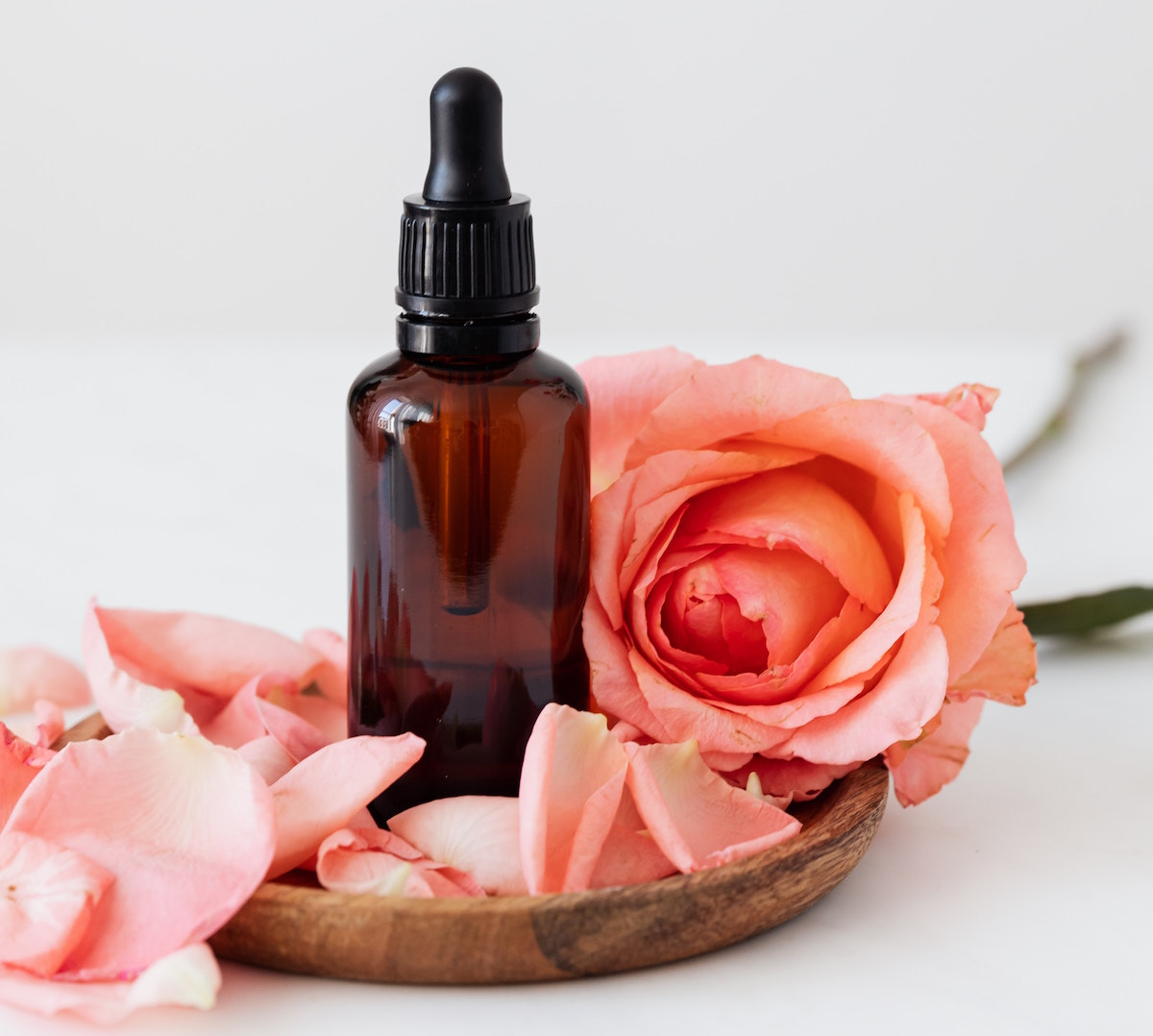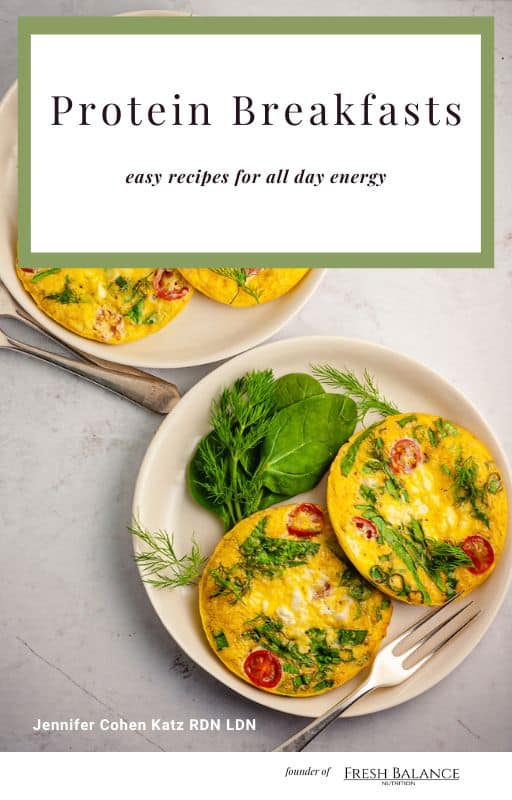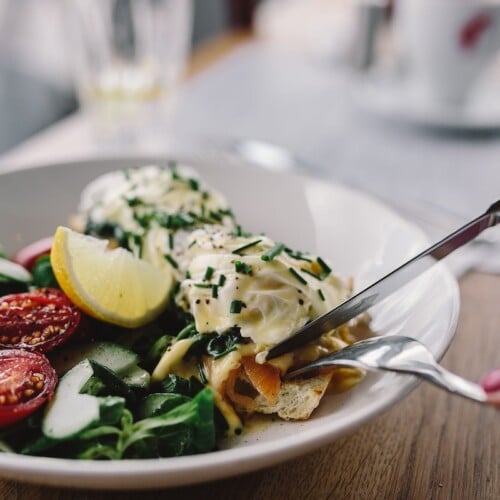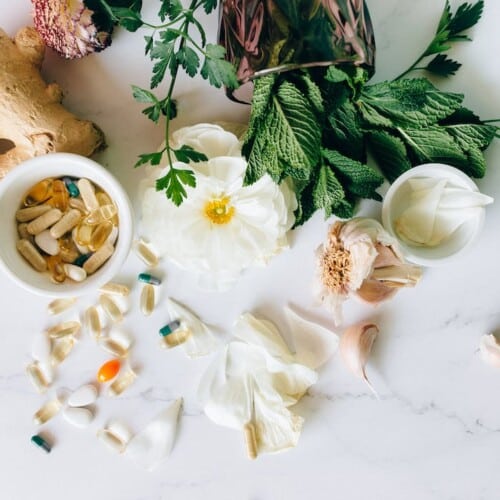One of the most common symptoms in perimenopause and menopause is joint pain and stiffness. Before resorting to a pill with a list of side effects, are there any foods we can start including in our meal plans. What are some other lifestyle changes we can make to ease perimenopause aches and pains?
Why do we have joint pain and stiffness in perimenopause?
Estrogen, as you might remember, is one of the hormones that declines as we go through peri/menopause. Well, it turns out that it helps to reduce inflammation in our body. Without that protection we start to feel the pain. Some of us wake each morning feeling decades older than we actually are.
Estrogen also regulates fluids in our body. So you know how your skin is feeling drier? Well the tissues around your joints are probably becoming less elastic also.
When estrogen is low, cortisol rises. Cortisol, the stress hormone, may be at the root of tense, painful muscles. Higher cortisol may make us more sensitive to pain so that we feel the aches more intensely now.
Progesterone, the chill out and relax hormone, is lower too. Without it we are more vulnerable to the muscle tension related to perimenopause aches and pains.
I like to ask what can be done to compensate for the hormone fluctuations. How can we make sure we are eating the best foods to lower inflammation? What healthy lifestyle habits can we practice to help manage our own health?

How can what we eat help to decrease inflammation?
Food is the safest, most effective, and least costly medicine to impact perimenopause-related aches and pains. Stocking our kitchen with vegetables and fruits high in colorful anti-inflammatory compounds is a good start. The antioxidants in ginger, turmeric, and other spices and herbs protect our tissues. Olive oil and fatty varieties of fish contain healthy omega-3 fats that stand guard against damage.
Here are some specific foods to stock your anti-inflammatory kitchen:
Vegetables
- Broccoli
- Asparagus
- Brussels sprouts
- Kale
- Eggplant
- Onions
- Tomatoes
- Carrots
- Beets
- Arugula
- Mushrooms
- Spinach
- Sweet potato
Fruits
- Pomegranate
- Avocado
- Coconut
- Berries
Protein
- Wild omega-3 rich fish
- Organic poultry
- Beans and lentils
- Nuts
- Seeds
- Edamame
- Tofu
- Tempeh
- Shrimp
- Oysters, clams, mussels
- Eggs
- Yogurt
Spices, Herbs, Seasonings
- Turmeric
- Ginger
- Cinnamon
- Garlic
- Miso
- Hot peppers
- Parsley
- Cilantro
- Rosemary
Miscellaneous
- Tea
- 70% or > dark chocolate
- Olive oil
- Coconut oil

What other lifestyle changes can we make to feel better?
Movement, Yoga, and Stretching
Get used to moving everyday if you aren’t already. An exercise habit you enjoy helps to keep joints and tissues pliable and healthy. A yoga practice can definitely help with muscle and joint discomfort as well as relieving stress. And consider that muscle pain may respond to a stretching routine or even massage.
Healthy weight
Keeping your body within a healthy weight range will decrease the burden on muscles and joints. Following the principles of an anti-inflammatory eating plan is the same path that leads to a healthy weight for your own body.
Hydration
Fluids are an important part of your natural detox happening 24/7. Drinking enough water as well as eating hydrating foods like soup, watermelon, spinach, and cucumbers will help clear inflammatory toxins from your body.
Manage stress
Pain can also reflect our emotional energy. It may be a bit of a leap to connect our feelings to physical symptoms, but there’s real evidence to back this up. Our body stores tension in muscles. Consider keeping a “wellness journal” to track things that may be emotional stresses in your life as well as your physical symptoms.

Is there anything else I should avoid?
Toxins
When the toxic burden in our body increases inflammation also increases. So drinking alcohol, which is treated like a toxin in your body, may cause fluid retention leading to pain and stiffness in the morning as soon as you wake up. Processed foods with their poor quality oils and refined carbohydrates are going to work against us in the same way. The chemicals in cleaning products and our makeup and skin products might be the source of toxins. Heavy metals such as iron, lead, and mercury have also been linked to joint pain.
Do you have questions about how to create meal plans for your anti-inflammatory eating style? Schedule a complimentary call with me today to get started learning how to stock your kitchen with foods that support your hormones and reduce your perimenopause aches and pains.
This post contains affiliate links for products I use and trust. I may receive commissions on purchases at no cost to you. As an Amazon associate I earn from qualifying purchases.








